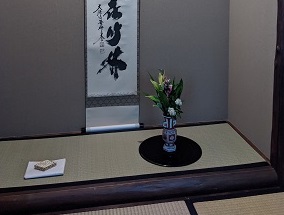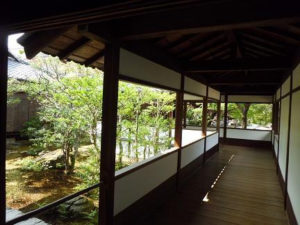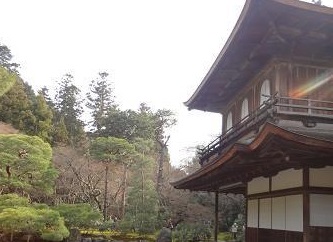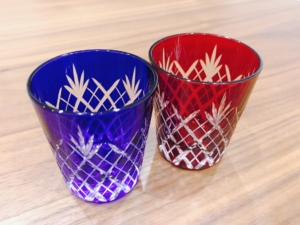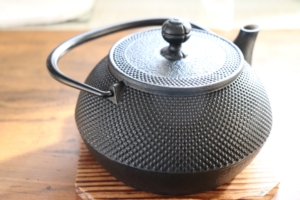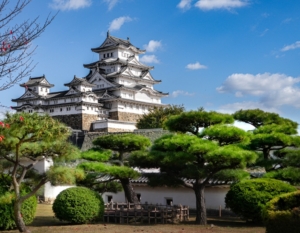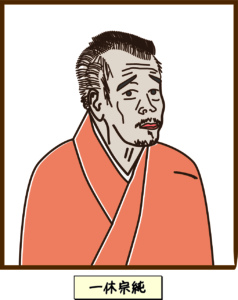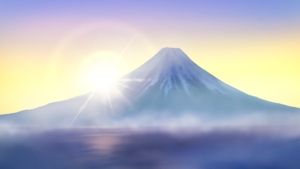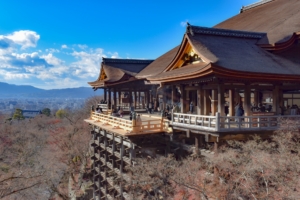Wabi-sabi is one of the aesthetic senses of Japan.
Originally, wabi and sabi are different concepts.
Since the Middle Ages, with the development of “Tea Ceremony” it has become established as a word that expresses the spirituality of the Japanese people.
Tenshin Okakura, a thinker of the Meiji era, wrote in “The Book of Tea”.
Wabi was described as inperfect.
Incompleteness is the process of aiming for completion.
The spirit of finding value in this process is “wabi.”
Humans are always imperfect and incomplete.
It is important to admit your imperfect self.
In the world of samurai in the Muromachi period, the tea ceremony that collects gorgeous Chinese products has spread.
However, since the middle of the Muromachi period, new tea ceremonies have been created by Murata Juko and Takeno Jōo using simple and quiet tools.
That is “Wabi-cha”.
He insisted on the spirit of enjoying “insufficient beauty” in Wabi-cha.
Sen no Rikyu deepened the tea ceremony of Juko murata.
Sen no Rikyu demonstrated originality that was not seen in the tea ceremony until then.
Next, about Sabi.
Wabi-sabi is a refined sensibility with a withered taste.
It refers to the beauty felt from old things.
A common example is “mossy stones”.
Stones that do not move gradually grow moss on the surface and turn green.
The Japanese likened this to something coming out of the stone.
Everything in this world disappears with the passage of time.
The Japanese tried to give the utmost compliment to what would eventually disappear.
And the Japanese have cherished it as “aesthetics”.
There is also the word “Kirei-Sabi”.
Kirei-sabi is one of the concepts of tea ceremony beauty.
It was proposed by a person named Kobori Enshu during the Edo period.
“Kirei-sabi” refers to the pure beauty of feeling the brightness.
The world of Wabi-Sabi has been shared in a wide range of fields such as architecture, tea ceremony and literature.
